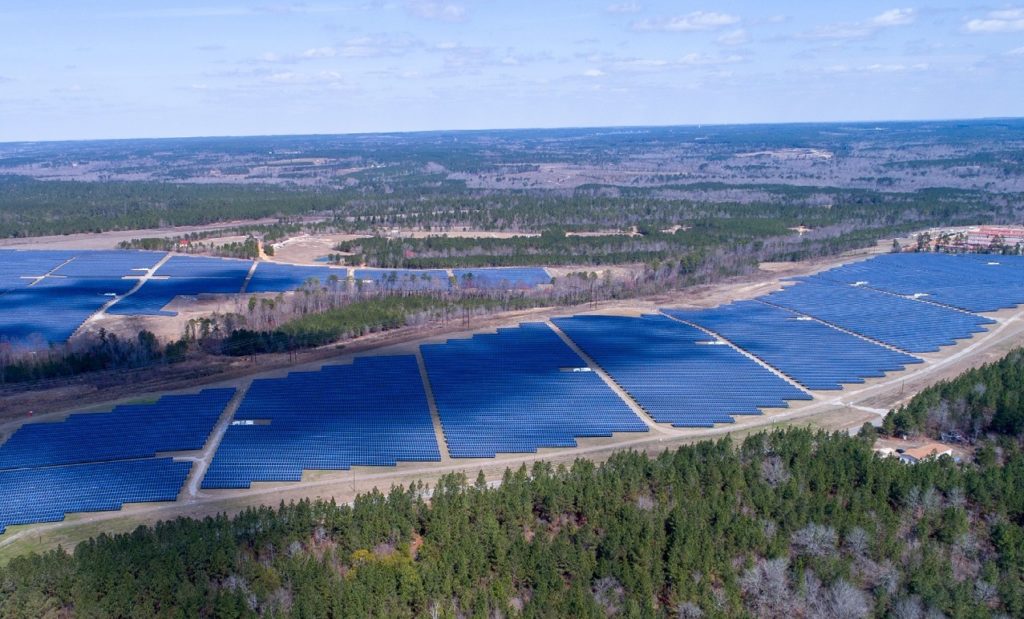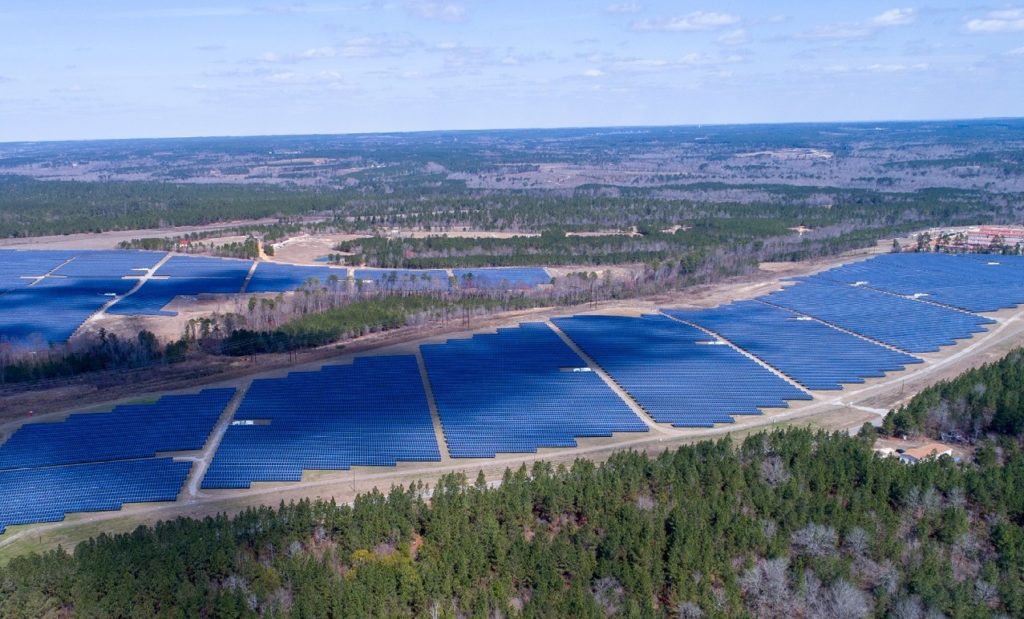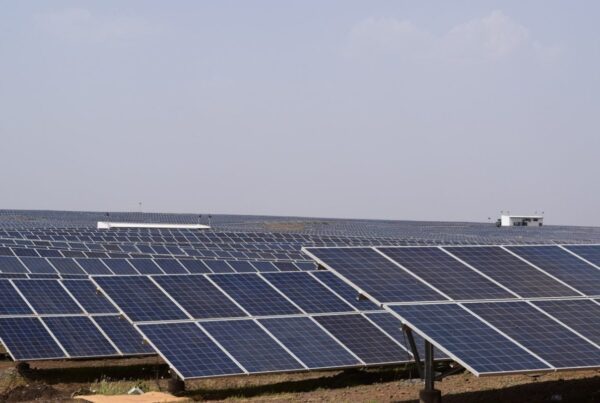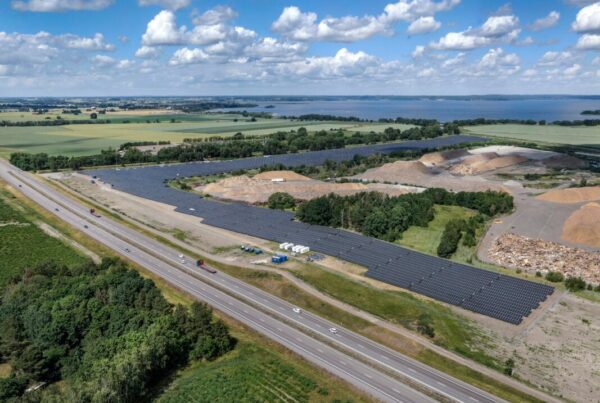
Solar PV has made nearly half of all new investments in renewable power in 2021, according to the International Energy Agency (IEA).
After a record year in 2021 with more than US$440 billion spent, renewables will continue to be the highest investment category in the power sector in 2022.
Spending will be equally divided between utility-scale PV projects and distributed solar systems, with both categories passing the US$100 billion mark this year.
Across all sectors and technologies world energy investment in 2022 will reach a total of US$2.4 trillion, an 8% rise from 2021 and well above pre-Covid levels, the report said.
Nonetheless, in its annual World Energy Investment report, published yesterday, the IEA said for the first time in a decade that pressure on renewables costs have increased due to supply chain bottlenecks, higher commodity prices and tighter financing conditions.
“High prices, rising costs, economic uncertainty, energy security concerns and climate imperatives amount to a powerful cocktail of factors bearing on global energy investment,” the IEA said.
After years of decline, the cost of solar panels has increased between 10-20% since 2020, caused by the increase in polysilicon prices, the higher cost of raw materials and global logistical challenges.
That said, even with those price pressures pushing up the cost of PV products, solar and wind projects will remain the cheapest option for new power generation in many countries, even without taking into account the rising price of gas and coal in 2022.
Investments in solar PV and wind will need to grow twice its current pace, while grid electrification needs to sextuple in order to remain on track with net zero targets by 2050, the IEA said.
Moreover, power purchase agreements (PPAs) in Europe and the US for solar and wind have risen in the first quarter of 2022 by more than 25% compared with the previous one.
Despite being perceived as higher-risk assets, current short-term prices are making merchant solar PV more lucrative in some cases, with a merchant solar plant reducing its payback period between two to four years at the beginning of 2021. PV Tech Premium has explored the impact of the energy crisis on PPAs and merchant revenue streams.





